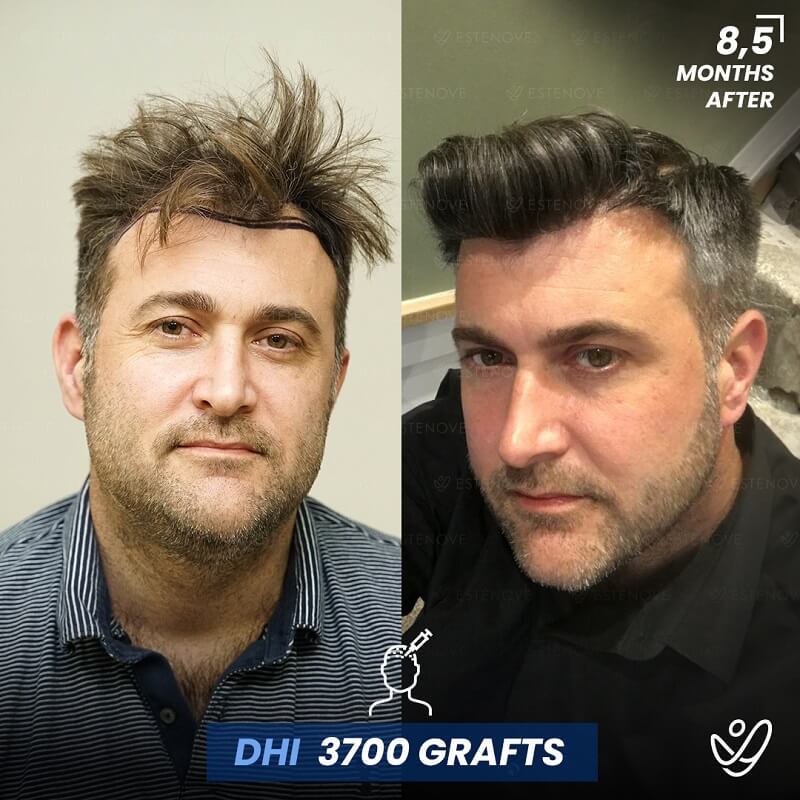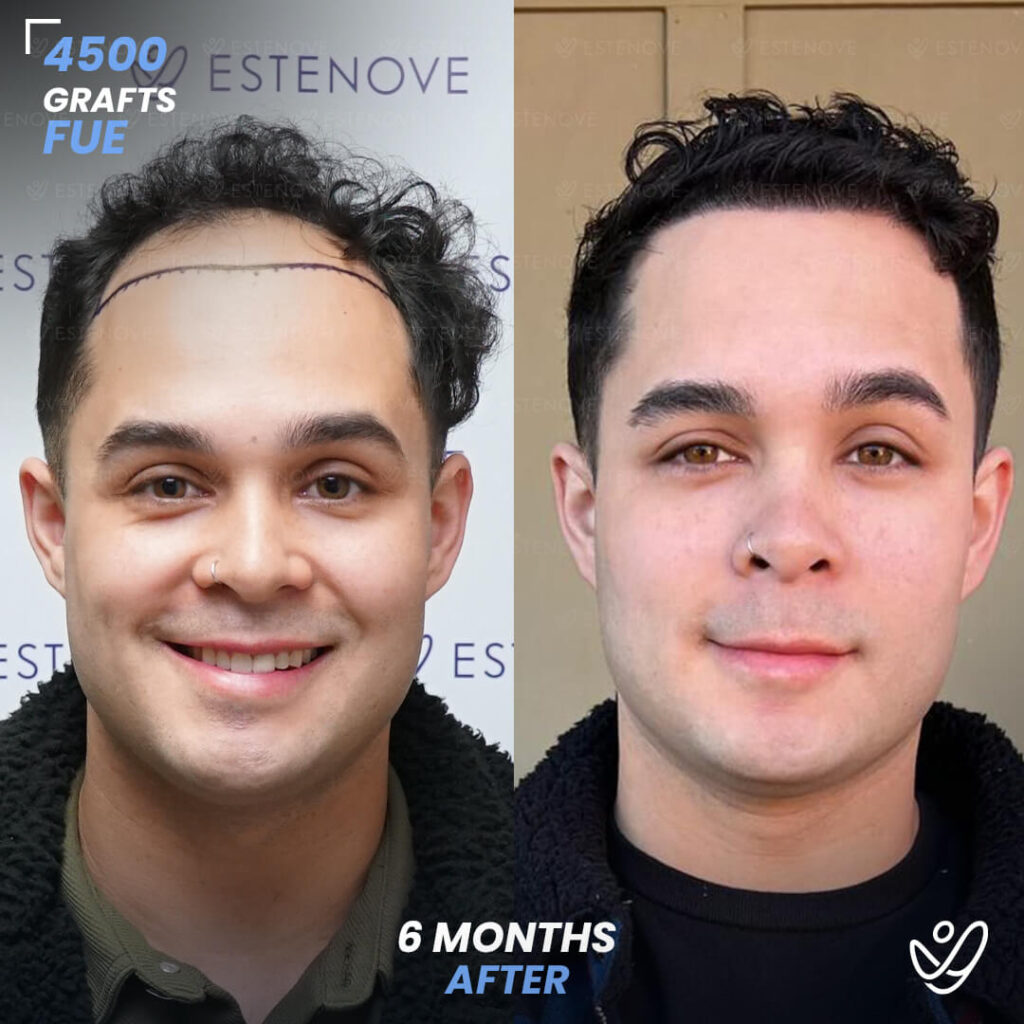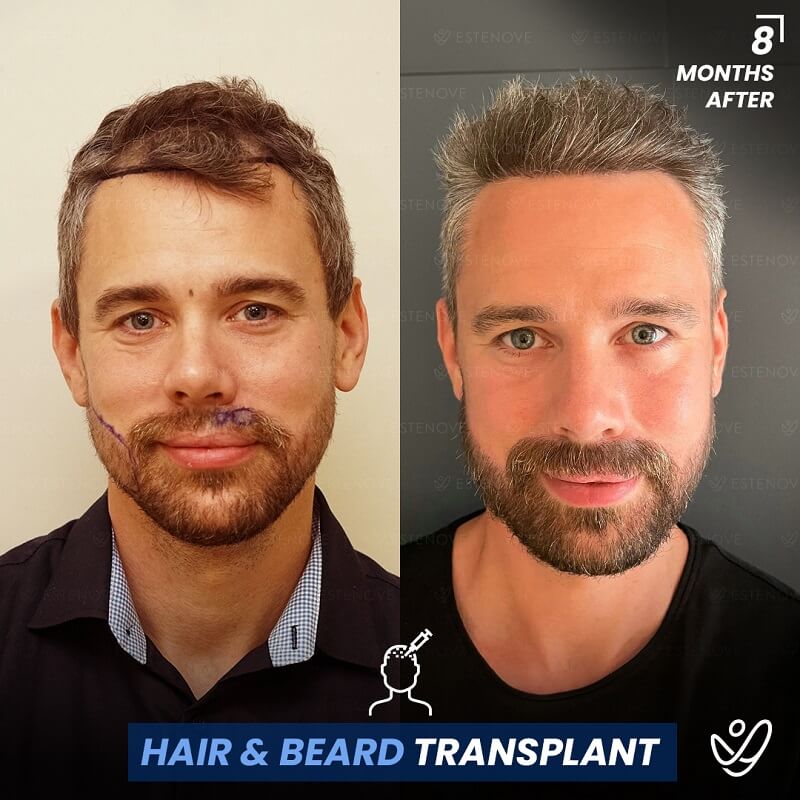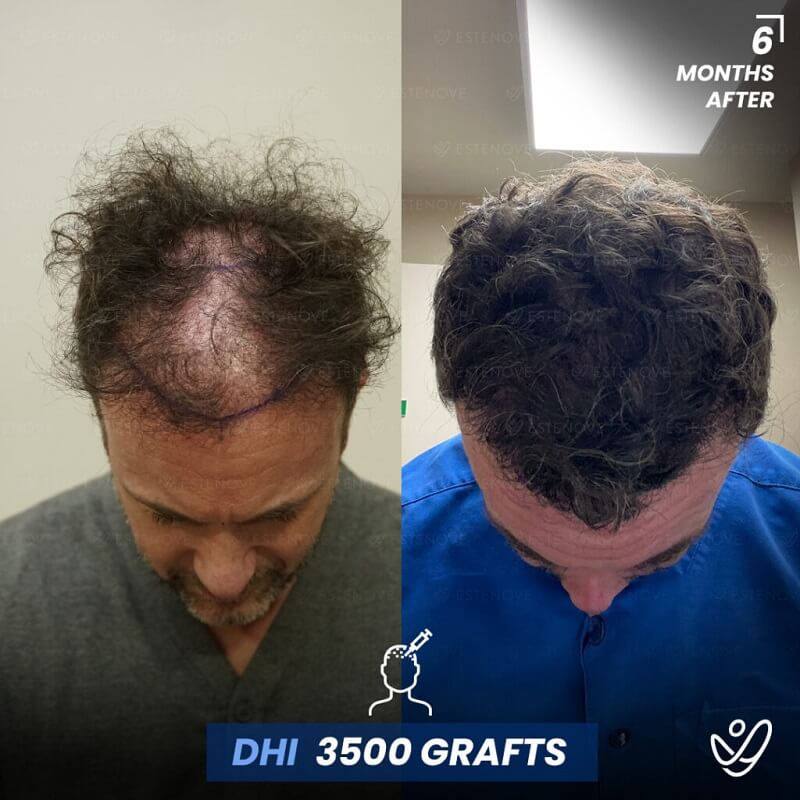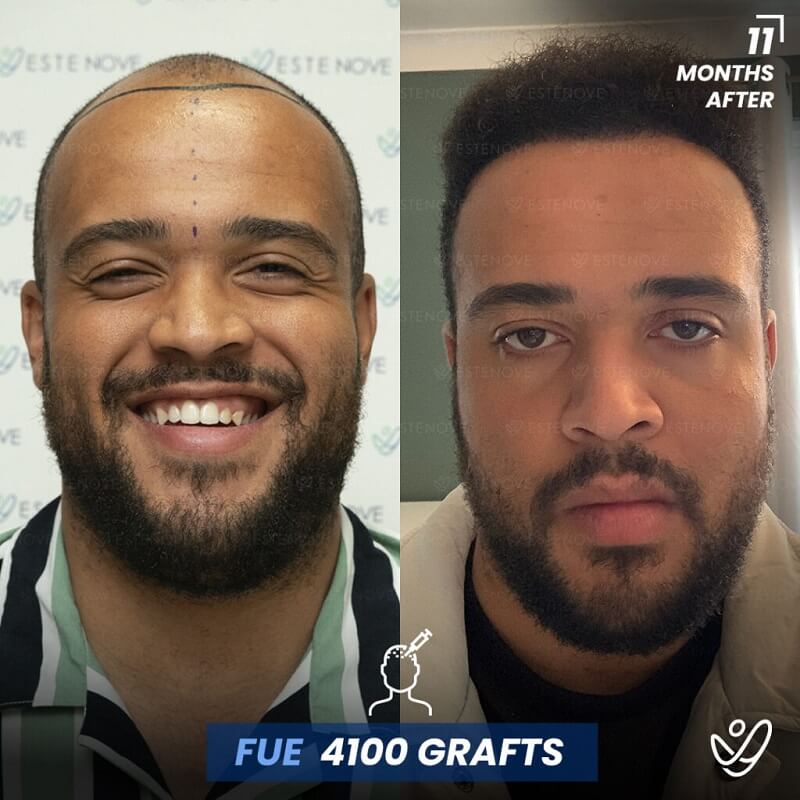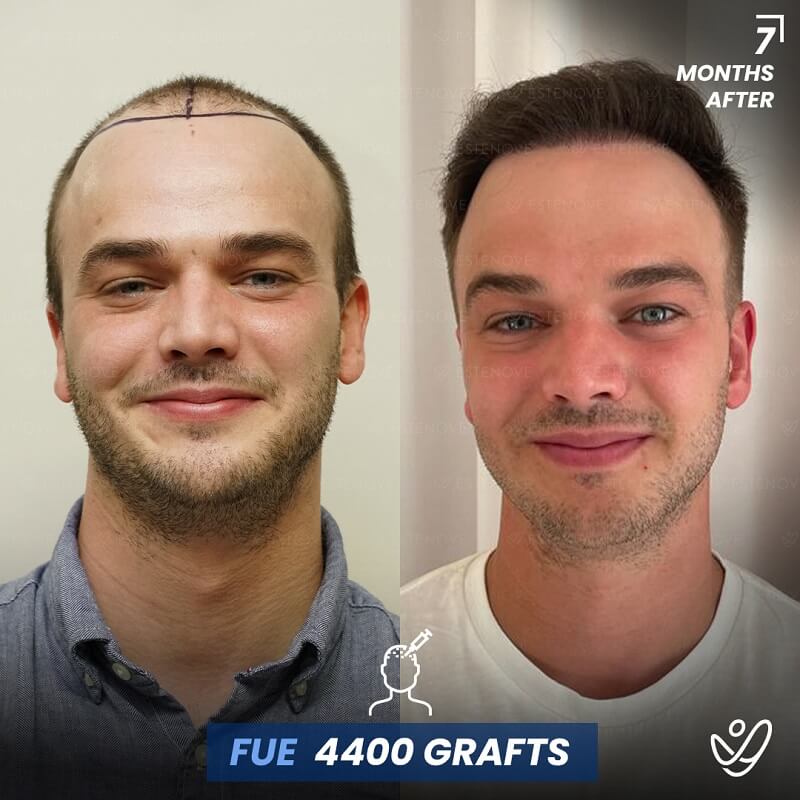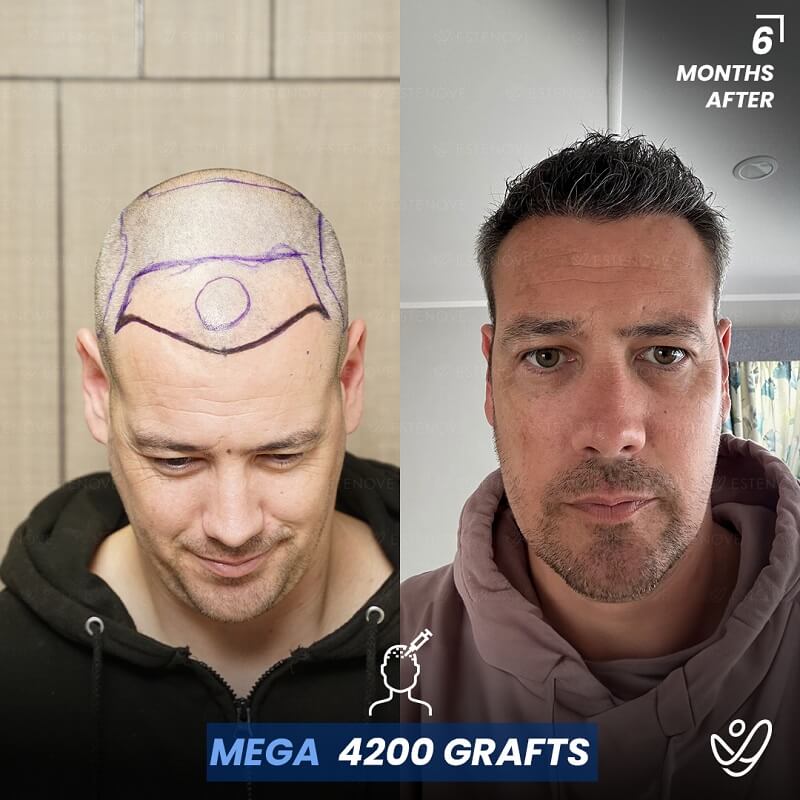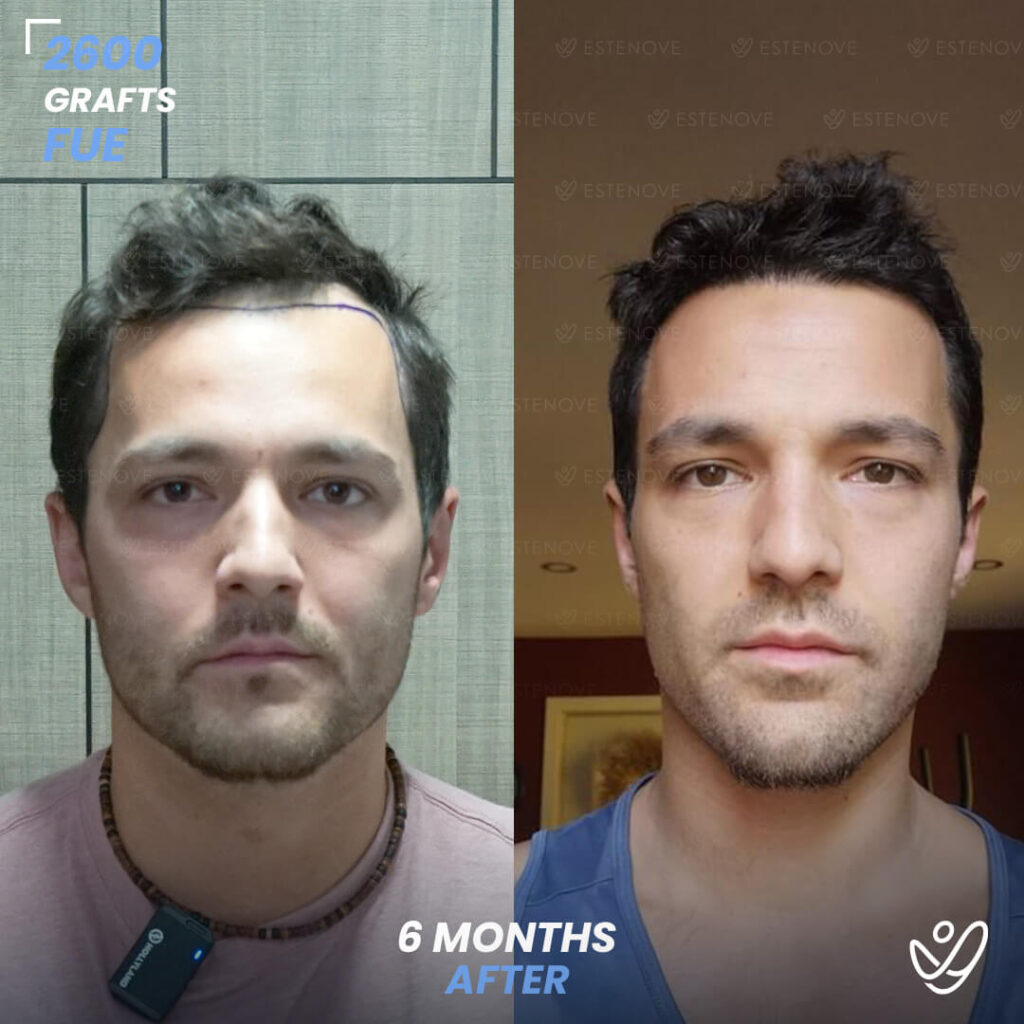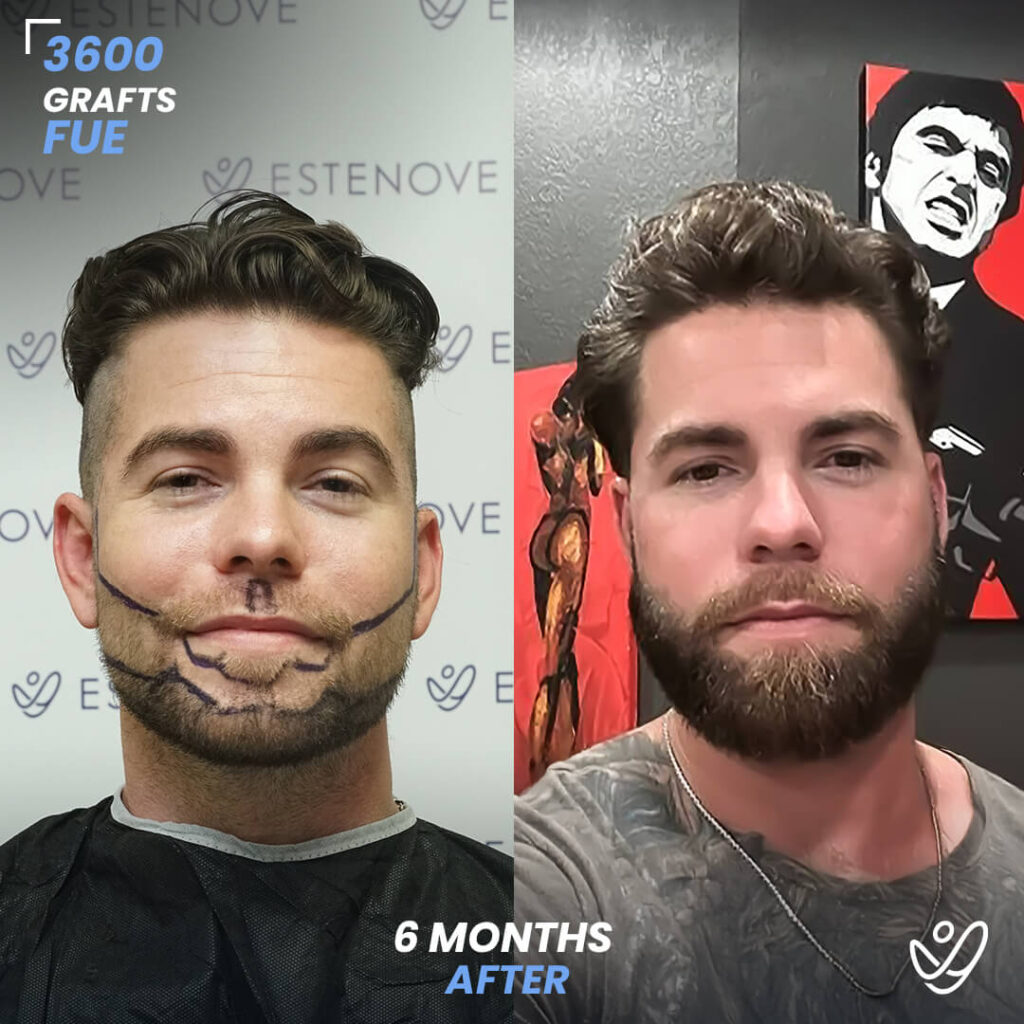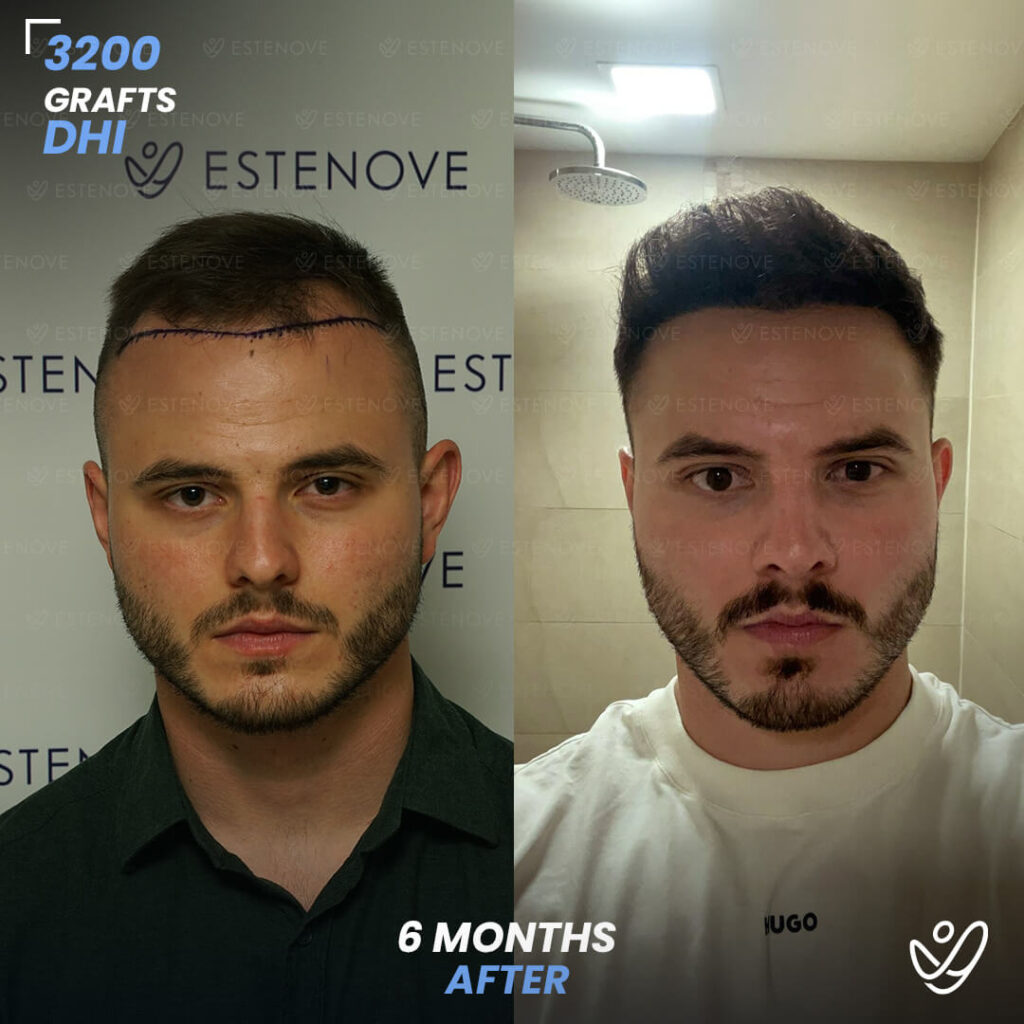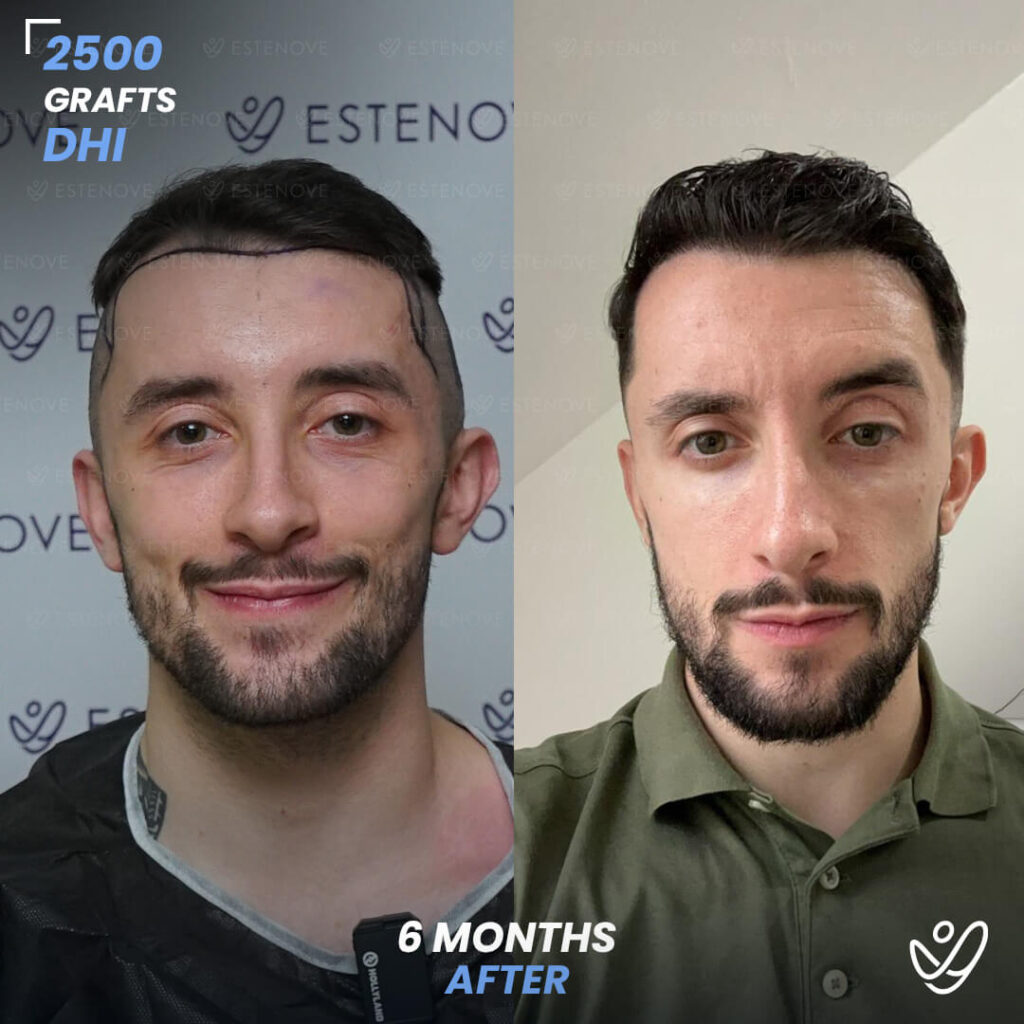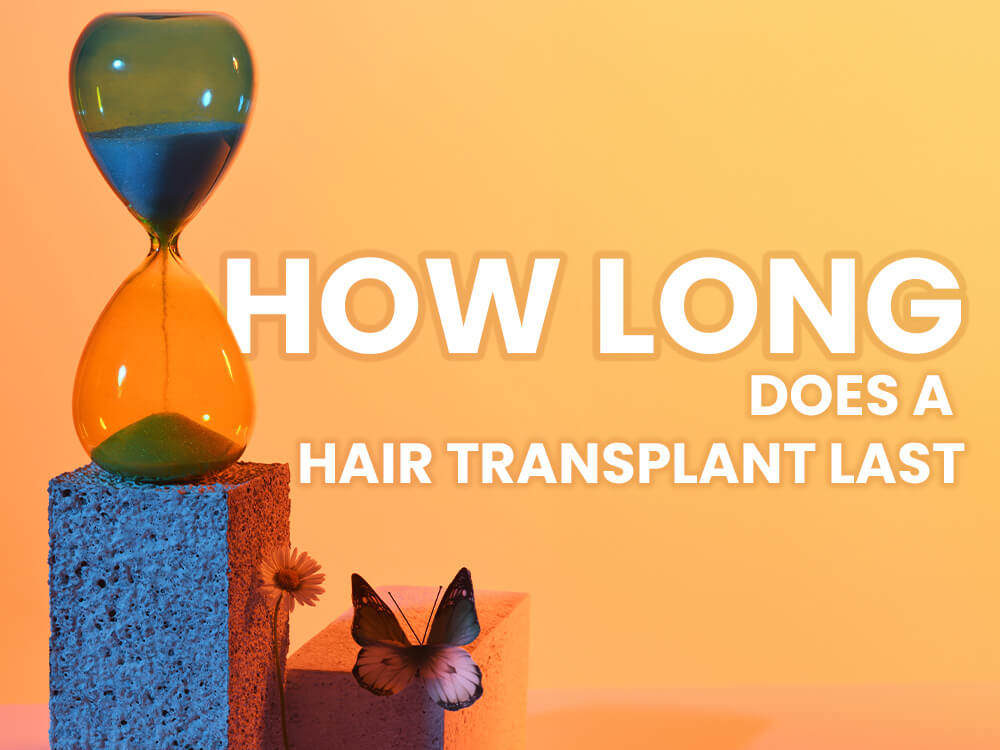
Hair loss can have a significant impact on one’s self-esteem and overall confidence. Many individuals turn to hair transplant procedures in the hope of regaining a fuller head of hair. But before starting on this journey, it is important to understand the longevity of hair transplants and what factors contribute to their lasting results.
Understanding Hair Transplantation
The Science Behind Hair Transplants
Hair transplantation is a meticulously planned surgical procedure that requires a deep understanding of the anatomy and physiology of hair follicles. The process begins with the extraction of healthy hair follicles from a donor area, usually located at the back or sides of the head. These donor follicles are selected based on their ability to maintain their growth characteristics even after being transplanted.
Once the donor follicles are carefully harvested, they are transplanted into the recipient area, which is experiencing hair loss or thinning. The placement of these follicles is crucial, as the angle and direction of hair growth must mimic the natural pattern to achieve a seamless and natural-looking result. Skilled surgeons take into account factors such as hair density, hairline design, and facial symmetry to ensure an aesthetically pleasing outcome.
Types of Hair Transplant Procedures
There are two primary methods of hair transplantation: direct hair implantation (DHI) and follicular unit extraction (FUE). DHI involves the use of a special implanter tool to directly transplant the hair follicles to the recipient area. This technique allows the hair follicles to be inserted at a specific angle and depth to achieve a more natural look. DHI is associated with minimal scarring, but it is generally more expensive than FUE and may require more sessions to achieve the desired results.
On the other hand, FUE involves the extraction of individual follicular units directly from the donor area using a small punch tool. This technique is minimally invasive and leaves tiny dot-like scars that are easily concealed, making it a popular choice for patients who prefer shorter recovery times and less visible scarring. The precision of FUE also enables the extraction of grafts from other parts of the body, such as the chest or beard, for transplanting onto the scalp.
When considering a hair transplant, it is essential to consult with a qualified and experienced hair transplant surgeon who can assess your unique needs and recommend the most suitable approach. Factors such as hair loss pattern, donor hair quality, and desired hairline design play a significant role in determining the optimal technique for achieving natural-looking results that restore both your hairline and confidence.
The Lifespan of a Hair Transplant
Factors Influencing Hair Transplant Longevity
While hair transplants offer a long-lasting solution to hair loss, it is important to note that individual results can vary. The longevity of a hair transplant depends on several factors, including the patient’s age, overall health, and the quality of the donor hair. Younger patients generally experience better long-term results due to their higher hair density and better tissue quality.
Additionally, the skill and expertise of the surgeon, along with the technique used during the procedure, can also influence the longevity of the transplant. Choosing a highly experienced and reputable surgeon is essential for achieving optimal and enduring results.
Another crucial factor that can impact the longevity of a hair transplant is post-operative care. Following the surgeon’s instructions for aftercare, such as avoiding strenuous activities and protecting the scalp from sun exposure, can significantly contribute to the success and longevity of the transplant.
How Long Does a Transplanted Hair Last?
On average, hair transplants can offer long-lasting and permanent results. The transplanted hair follicles are typically resistant to the effects of the hormone dihydrotestosterone (DHT), which is responsible for hair loss in individuals with genetic predisposition. Consequently, transplanted hair is likely to remain in place and continue growing for a lifetime, barring any unforeseen circumstances.
It is important to remember that hair transplants do not prevent natural hair loss from occurring in other areas of the scalp. Therefore, individuals may need additional procedures in the future if they experience further hair loss.
Regular follow-up appointments with the surgeon are recommended to monitor the progress of the hair transplant and address any concerns that may arise. These appointments allow the surgeon to assess the growth and density of the transplanted hair and make any necessary recommendations for maintenance or additional procedures.
Maintenance and Care Post-Transplant
Post-Transplant Care Tips
Proper aftercare is crucial in ensuring the long-term success of a hair transplant. Immediately following the procedure, patients are provided with specific instructions on how to care for their newly transplanted hair and scalp. These instructions may include avoiding exposure to direct sunlight, refraining from strenuous physical activity, and washing the scalp gently with a mild shampoo.
It is essential to follow these instructions diligently to minimize the risk of infection and promote optimal healing. Additionally, patients should avoid smoking and consuming alcohol, as they can impair the healing process and compromise the results of the transplant.
Furthermore, it is recommended to sleep with your head elevated for the first few nights post-transplant to reduce swelling and promote proper blood circulation to the scalp. Patients should also avoid wearing hats or any tight headwear that could put pressure on the newly transplanted hair follicles.
Long-Term Maintenance for Hair Transplants
While a hair transplant is a permanent solution to hair loss, it is essential to take appropriate measures to maintain the overall health of the scalp and transplanted hair. This includes adopting a healthy lifestyle, eating a balanced diet, managing stress levels, and avoiding excessive heat styling or chemical treatments.
Regular follow-up consultations with the hair transplant surgeon are also crucial to monitor the progress and address any concerns that may arise. The surgeon may recommend additional treatments, such as platelet-rich plasma (PRP) therapy or medications, to optimize hair growth and maintain the results of the transplant.
In addition to these measures, incorporating scalp massages into your hair care routine can help stimulate blood flow to the scalp, promoting hair growth and overall scalp health. Using specialized hair care products recommended by your surgeon, such as gentle shampoos and conditioners, can also help maintain the longevity of your hair transplant results.
Common Misconceptions About Hair Transplants
Debunking Hair Transplant Myths
There are several misconceptions surrounding hair transplants that can lead to confusion or unnecessary concerns. For instance, some individuals believe that transplanted hair looks unnatural or requires frequent upkeep. In reality, advancements in hair transplant techniques have made it possible to achieve natural-looking results that require no more maintenance than regular hair care.
Contrary to popular belief, hair transplants do not involve the use of artificial hair. Instead, the procedure involves transferring hair follicles from one part of the scalp to another. This means that the transplanted hair will grow and behave just like the rest of your natural hair, blending seamlessly with the existing strands.
Realities of Hair Transplant Procedures
It is important to understand that a hair transplant is a surgical procedure, and like any surgery, it carries some risks. These risks include infection, bleeding, scarring, and an uneven or unnatural hairline. However, when performed by a skilled and experienced surgeon, these risks are minimized, and the likelihood of achieving satisfactory results is significantly increased.
Before undergoing a hair transplant, it is crucial to have a thorough consultation with your surgeon. During this consultation, the surgeon will assess your hair loss pattern, discuss your expectations, and create a personalized treatment plan. This individualized approach ensures that the transplant is tailored to your specific needs and goals, increasing the chances of a successful outcome.
When to Consider a Second Hair Transplant
Signs You May Need Another Procedure
In some cases, individuals may desire a second hair transplant to address areas of persistent hair loss or to further enhance the density and overall appearance of the hair. Signs that may indicate the need for a second procedure include limited coverage or thinning in previously transplanted areas, continued hair loss in non-transplanted areas, or changes in hair density due to natural aging.
People who saw the photos I uploaded to Facebook thought the photos were fake. This shows that the results are actually really good. I never imagined in a million years that I would have hair again.
Wilmer Sanchez
Former Hair Transplant Patient of Estenove
Checkout the video below, or the full story here: FUE 5200 + 2950 Grafts Hair Transplant, 2 Years Before After – Wilmer Sanchez
Risks and Benefits of Multiple Transplants
Multiple hair transplant procedures can be an effective way to achieve desired results, but they also carry certain considerations. Each subsequent procedure requires careful planning to ensure that previously transplanted hair is not compromised. Additionally, the surgeon must assess the availability of suitable donor hair for the subsequent transplant.
When considering a second hair transplant, it is important to understand the potential risks and benefits. One risk is that the scalp may become more sensitive after multiple procedures, which can lead to discomfort during the recovery period. However, the benefits of a second transplant can be significant. Not only can it address any remaining areas of hair loss, but it can also provide additional density and a more natural-looking result.
Furthermore, the decision to undergo a second hair transplant should be made in consultation with a skilled surgeon. They will evaluate the condition of the scalp, the quality of the existing hair, and the availability of donor hair. By discussing your goals and expectations with the surgeon, you can make an informed decision about the best course of action.
It is crucial to note that a second hair transplant is not always necessary or recommended for everyone. Some individuals may achieve their desired results with a single procedure, while others may find alternative solutions more suitable. The decision should be based on individual circumstances and the advice of a qualified professional.
A hair transplant can offer a long-lasting solution to hair loss, with transplanted hair typically remaining in place and growing naturally for a lifetime. The longevity of the transplantation results is influenced by individual factors, technique, and the skill of the surgeon. Proper aftercare and long-term maintenance play a critical role in ensuring optimal results. Understanding the realities and debunking myths surrounding hair transplants can help individuals make informed decisions and achieve the desired outcomes.
Fill the form below to get free consultation


